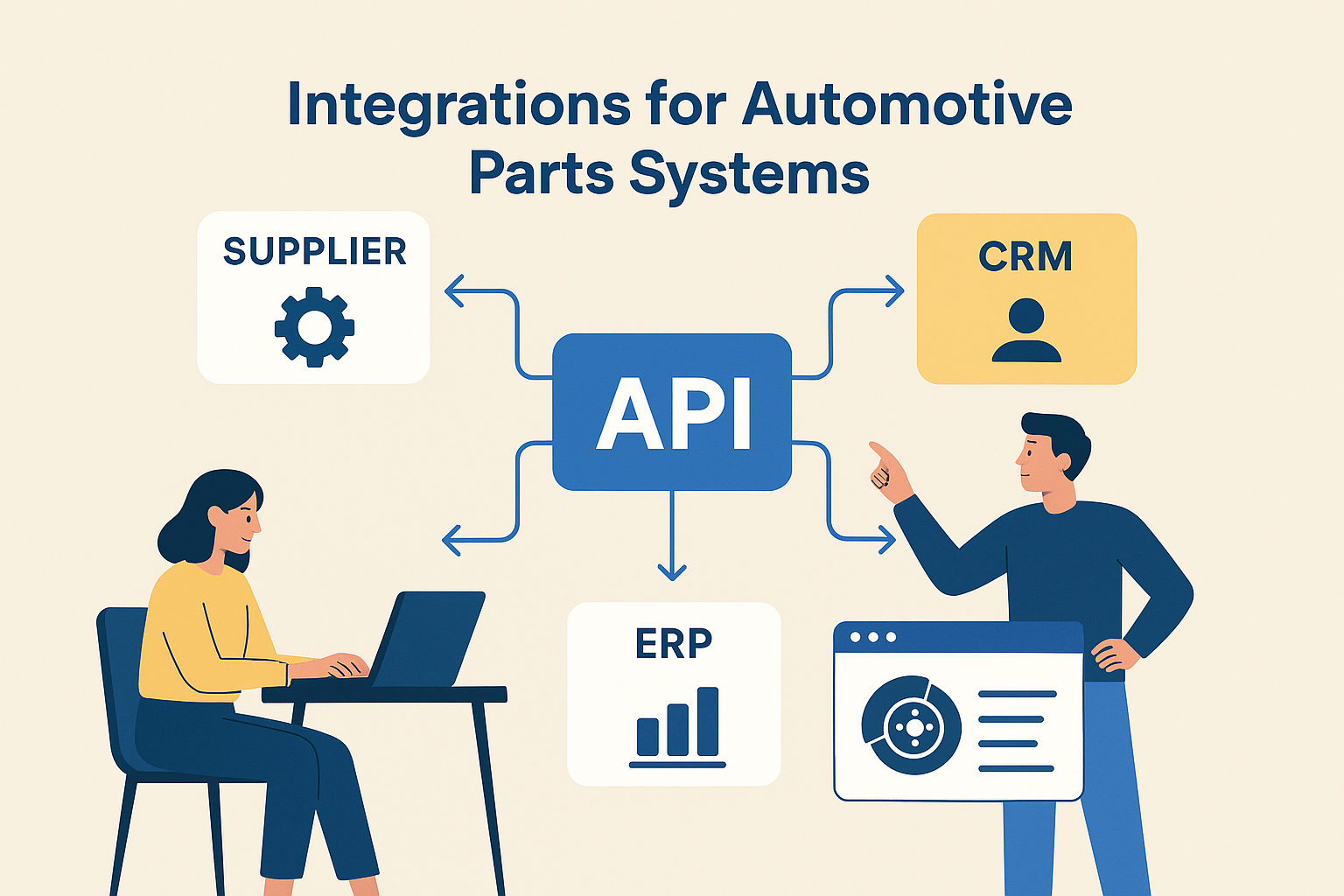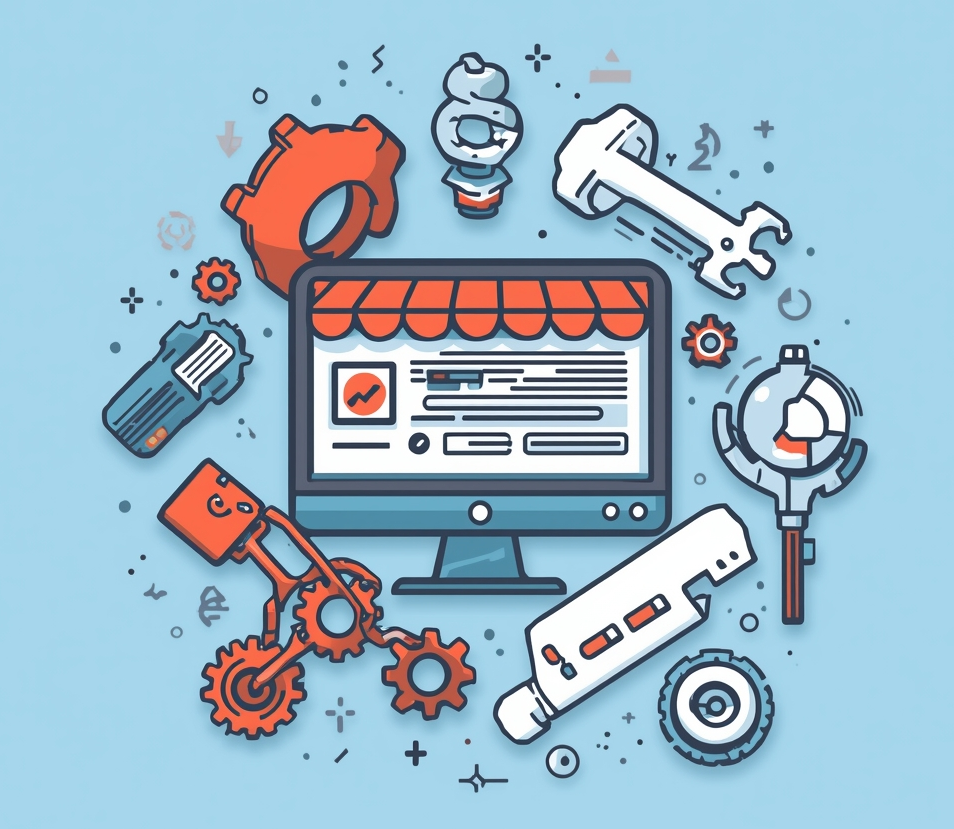What are the hidden dangers when buying auto parts and how to avoid them?
Learn to avoid common pitfalls when purchasing auto parts: quality issues, used parts risks, counterfeit products, and smart buying strategies for vehicle repairs.
Hidden Dangers in Auto Parts Purchasing: Comprehensive Protection Guide
Facing vehicle breakdowns or accident damage often leads to rushed decisions that can cost significantly more than necessary. While the urgency to repair is understandable, impulsive parts purchasing can create financial traps and compromise vehicle safety. Understanding these hidden dangers enables smarter, more cost-effective repair decisions.
Cost Traps and Impulse Buying Dangers
Rushed Decisions vs. Strategic Planning
Emergency repairs often lead to overspending:
- Impulsive purchases of entirely new components when alternatives exist
- Premium pricing for immediate availability
- Missing opportunities for part restoration and rebuilding
- Overlooking used parts options for discontinued models
Professional Cost-Saving Strategies
Part Restoration Opportunities
Expert approach to cost management:
- Many damaged parts can be professionally restored to like-new condition
- Restored parts offer known wear history versus unknown used parts
- Specialized workshops can rebuild components with warranty coverage
- Significant savings compared to new part replacement
For older vehicle models:
- Manufacturer discontinuation of parts for aging models
- Salvage yards and specialized dismantlers as primary sources
- Professional evaluation of used part condition and compatibility
- Balancing cost savings against potential reliability concerns
Quality and Counterfeit Part Risks
Non-OEM Quality Concerns
Aftermarket part challenges:
- Global manufacturing cost reduction affecting product quality
- Chinese parts with inconsistent quality and durability
- Missing safety certifications and performance standards
- Shortened lifespan leading to repeated replacements
Used Parts: What to Avoid Completely
Critical Safety Components
Never compromise on these used parts:
- Engine Components - Timing belts, water pumps, thermostats, cooling system parts
- Suspension and Steering - Power steering cylinders, ball joints, bearings, tie rods
- Braking System - Master cylinders, brake boosters, calipers
- Complex Mechanisms - Parts with internal wear not visible externally
Used body component dangers:
- Previously damaged and repaired doors, fenders, hoods
- Hidden structural damage from prior accidents
- Poor quality repair work affecting fit and safety
- Paint thickness testing to identify previously refinished parts
Safe Used Parts Purchasing Guide
Acceptable Used Components
Lower-risk used parts categories:
- Interior Components - Seats, steering wheels, trim pieces, buttons, switches
- Cosmetic Elements - Lights, mirrors, plastic covers, emblems
- Electrical Parts - Lamps, sensors, connectors, wiring harnesses
- Major Assemblies - Complete engines, cylinder blocks, cylinder heads
- Comfort Features - Window regulators, seat mechanisms, climate control parts
Verification and Inspection Techniques
Professional Assessment Methods
Ensure part quality and authenticity:
- Paint thickness measurement for body parts
- Comparison with original vehicle measurements
- Professional mechanical inspection for used engines
- Documentation verification for critical components
- Compatibility checking against vehicle specifications
Smart Purchasing Decision Framework
- Evaluate repair vs. replace options for each component
- Research part availability across multiple sources
- Verify supplier reputation and warranty terms
- Consider long-term reliability versus short-term savings
- Consult professional mechanics for technical advice
By understanding these hidden dangers and implementing careful purchasing strategies, vehicle owners can avoid costly mistakes while ensuring their repairs are safe, reliable, and cost-effective. The key lies in balancing urgency with informed decision-making and knowing when to invest in new parts versus when used or restored components represent better value.








